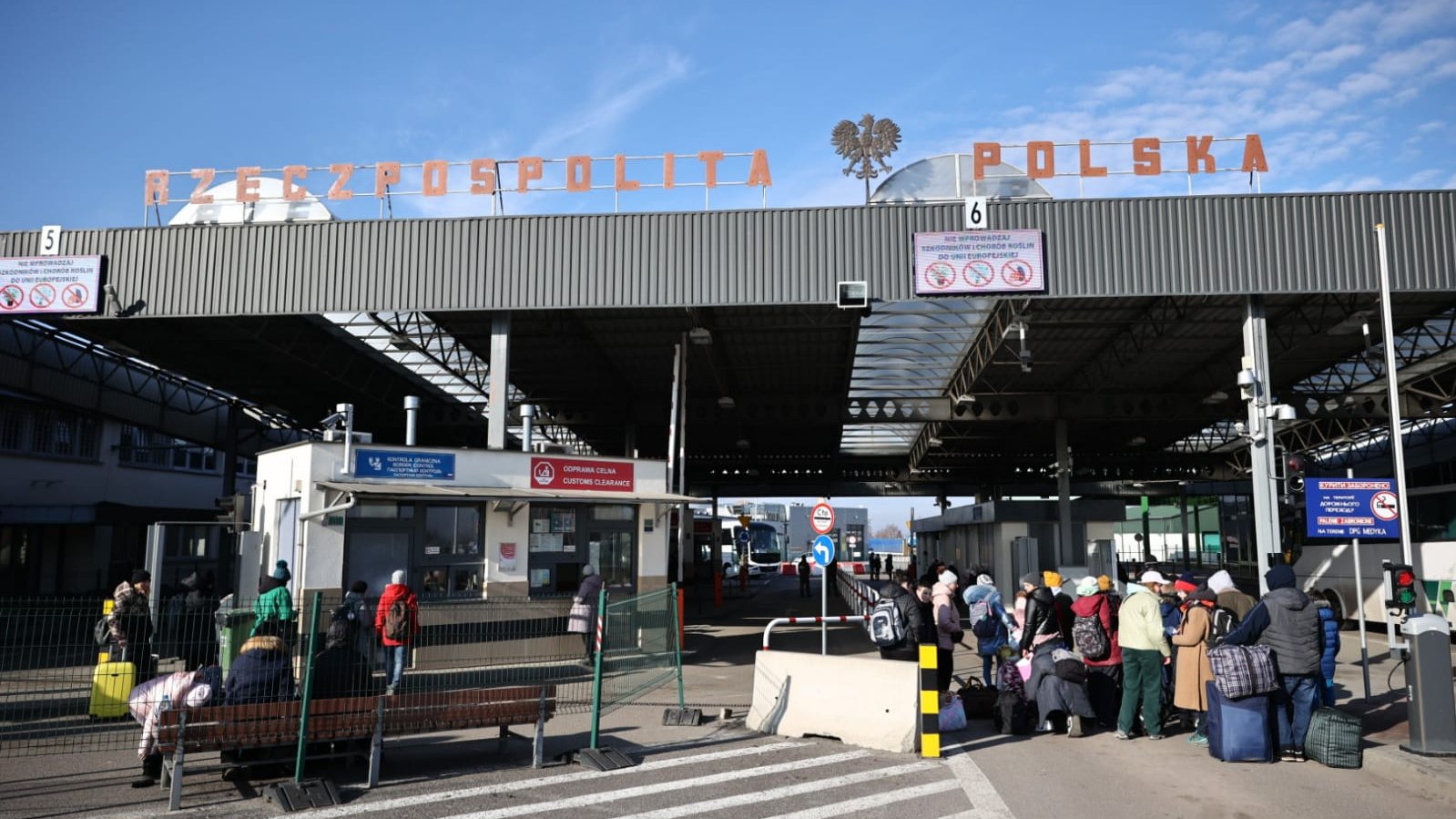 Video
Video
 Video
Video
February 24 marks the third anniversary of Russia’s invasion of Ukraine. The war has caused massive suffering, widespread displacement and a devastating economic toll on the people of Ukraine that will reverberate for generations.
Key facts
- Almost 13,000 Ukrainian civilians have been killed, nearly half of them older people.
- Ukraine now has the highest number of unexploded ordinance in the world, with some 53,000 square miles (about one-third of the country) potentially mined, risking the death and injury of civilians long after the war ends.
- In areas occupied by Russia, Ukrainian citizens are often forced to obtain Russian passports to access health care, receive social security benefits and buy/sell property.
- Ukrainian children in these areas are taught to be loyal to the Russian state.
- At least 19,500 Ukrainian children have been illegally transferred to Russia. Many of them have been issued Russian passports, held in psychiatric hospitals, placed in re-education camps and illegally adopted.
- Safety and essential services remain almost nonexistentalong the frontline. Internally displaced people have to choose between staying displaced in areas where they cannot find jobs or returning home where their basic needs cannot be met.
- About 10.6 million Ukrainians (25% of the population) have been displaced since the war began.
- The United Nations is launching a humanitarian and refugee response plan for 2025, appealing for $3.32 billion to support 8.2 million people affected by the crisis.
(Photo: Border crossing point in Medyka, Poland. Source: Polish Ministry of the Interior and Administration via Twitter)
Latest Updates
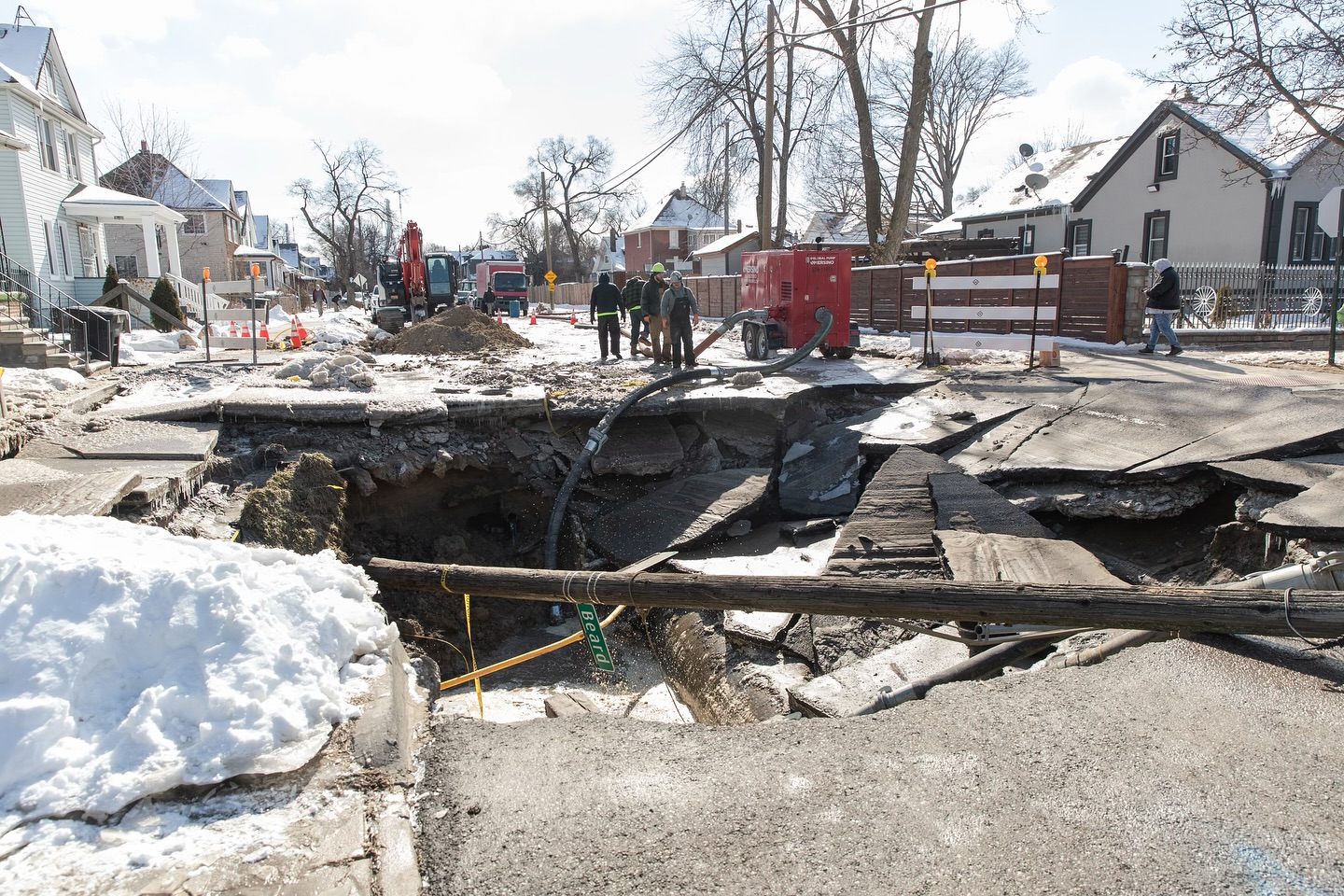
What we’re watching: Weekly disaster update, February 24
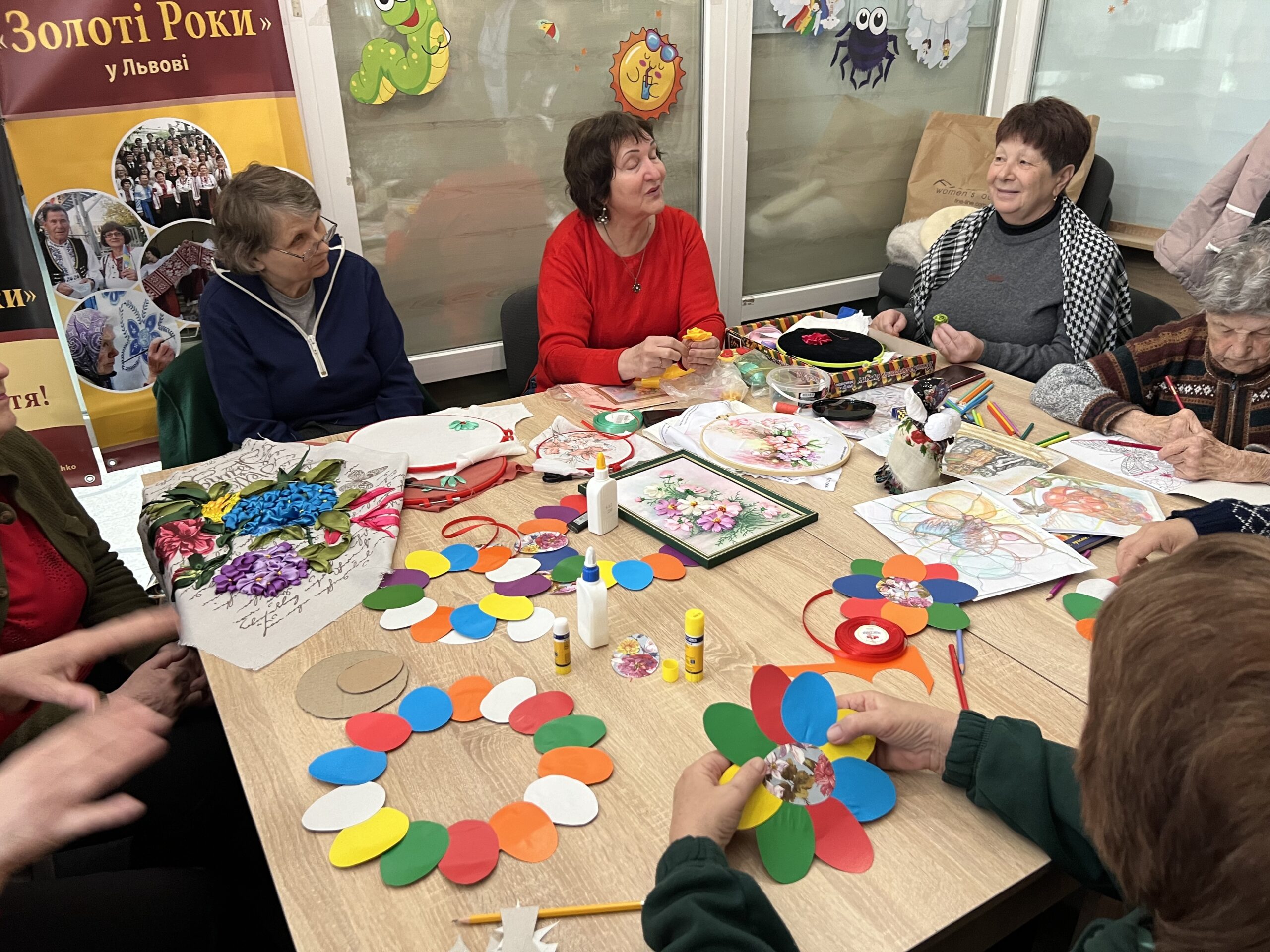
Three years on: Investing in Ukraine’s long-term recovery

Empowering recovery and resilience in Ukraine through philanthropy
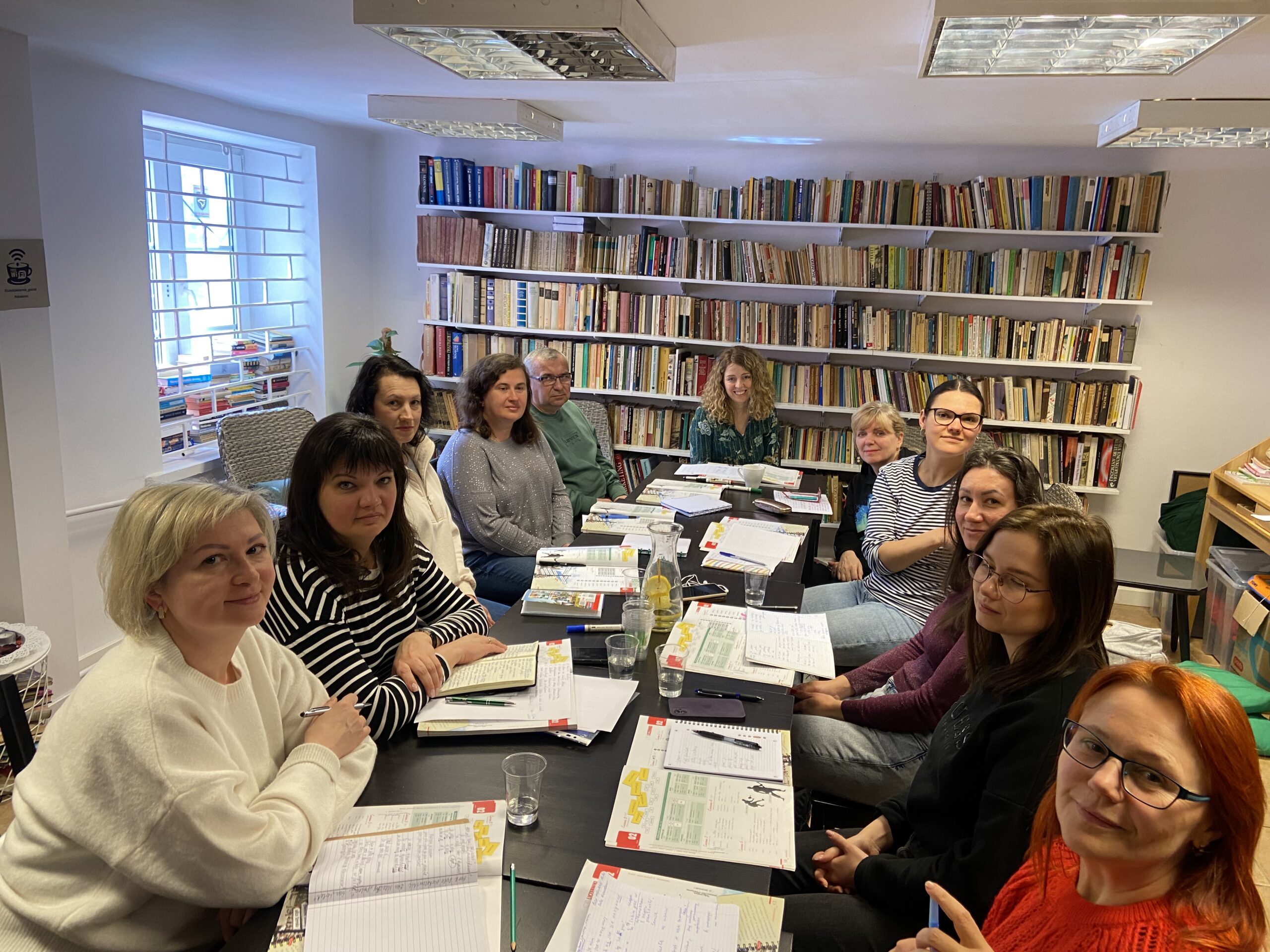
More than $3.1 million in grants for Poland and Ukraine to support resilience and recovery

What we’re watching: Weekly disaster update, January 22
Humanitarian situation
The escalating use of explosives in populated areas has had a disproportionate effect on children, people with disabilities and older adults. Explosives have devastated essential infrastructure, including homes, hospitals and schools. The World Health Organization has verified 2,209 attacks on health care facilities.
In 2025, 12.5 million people in Ukraine will require humanitarian aid.
Children
Exposure to conflict is cited as the most prevalent risk to children. Even if children can access shelters, the shelters may not be safe. They are often in dark, cold, wet basements; they smell of sewage and lack basic sanitation.
Women and children account for 90% of people displaced by the crisis, making them vulnerable to sexual exploitation and gender-based violence.
Since the war began, 4 million children have had their education disrupted, coming on the heels of COVID-19. More than 600,000 children do not have access to in-person learning at all. While nearly 75% of children access remote schooling inside Ukraine, constant disruptions to the internet, electricity, or a lack of hardware make it unsuitable as a long-term solution. With these disruptions, students are losing between 60 and 160 hours of learning per month.
The closer children live to the frontline, the more they rely on remote learning, but the more disruptions they may face. Around 1 in 7 schools have shuttered because they were destroyed or damaged or because they lack secure bomb shelters.
Lastly, approximately half of Ukrainian refugee children in neighboring countries are not enrolled in their host country’s schools. Even if children attend school, the mental and emotional toll of living through war has a disastrous effect on learning.
“It is very difficult emotionally and morally. Periodic air raids, blackouts, lack of internet… Children are afraid,” a teacher in the Lviv region said. The downstream effects of disrupted education in children have enormous consequences for their prospects and the future of Ukrainian society.
Save the Children reports a lack of adapted facilities, such as ramps, restrooms, and classrooms, in almost all regions, making physical access to education challenging for children with disabilities. There is also a lack of specialists and teachers to cater to the specific needs of these children.
Ukraine plans to open over 150 underground schools by fall of 2025.
Women
The effects of war on women are catastrophic. In Ukraine, women are 72% of unemployed people; they face a heightened risk of human trafficking, sexual and physical violence.
Women account for 60% of internally displaced people as well as the greatest proportion of refugees. Yet, protections and aid for women and girls remain underfunded.
Women often lack resources, face barriers to accessing services and are vulnerable to gender-based violence (GBV).
Many women are reluctant to discuss issues of violence and sexual assault. Except for one hromada (or municipality), there are no internationally-led programs to address GBV issues in provinces closer to the frontline.
According to UNOCHA, “Gender-Based Violence (GBV) remains one of the most pervasive and structurally embedded human rights violations and continues to disproportionately affect refugee populations.”
Other vulnerable groups
Oblasts (provinces) closer to the frontline, mainly Kharviska, Donetsk and Khersonska, have seen major demographic shifts since the start of the war because they host a high number of IDPs. Across the county, 5% of IDPs have a state-recognized disability. Because of shelling and combat operations, residents must often evacuate, which has caused a major decrease in the number of children and minors in these areas and an increase in older adults over 60 (23% of IDPs).
People with chronic illnesses that require continuous care, those with disabilities, and those with mental/behavioral disorders are less able to flee the conflict. Many face unmet needs for medications and medical assistance, which require establishing mobile teams. These populations have trouble meeting their basic daily needs and must rely on family and friends for help.
Related reading
Impact story
Humanitarian aid workers face an increasing risk to their safety, and humanitarian aid is having more difficulty reaching those in need due to military activity. Violence against workers, including fatalities of those on duty, remains a concern.
The 2025 Humanitarian Appeal requested U.S. $3.32 billion for Ukraine but has only received half that amount.
Cash assistance
As with most disasters and emergencies, monetary donations are recommended by disaster experts as they allow on-the-ground agencies to direct funds to the most significant areas of need, support economic recovery, and ensure donation management does not detract from disaster recovery needs.
Direct cash assistance gives each family flexibility and choice, ensuring that support is relevant and timely. Cash-based approaches to disaster recovery also give people the freedom to choose how they rebuild their lives and provide a pathway to economic empowerment.
Multi-purpose Cash Assistance (MPCA) has been a live saver in Ukraine. For the 2024-2025 winter season, $83.6 million has been dispersed so far.
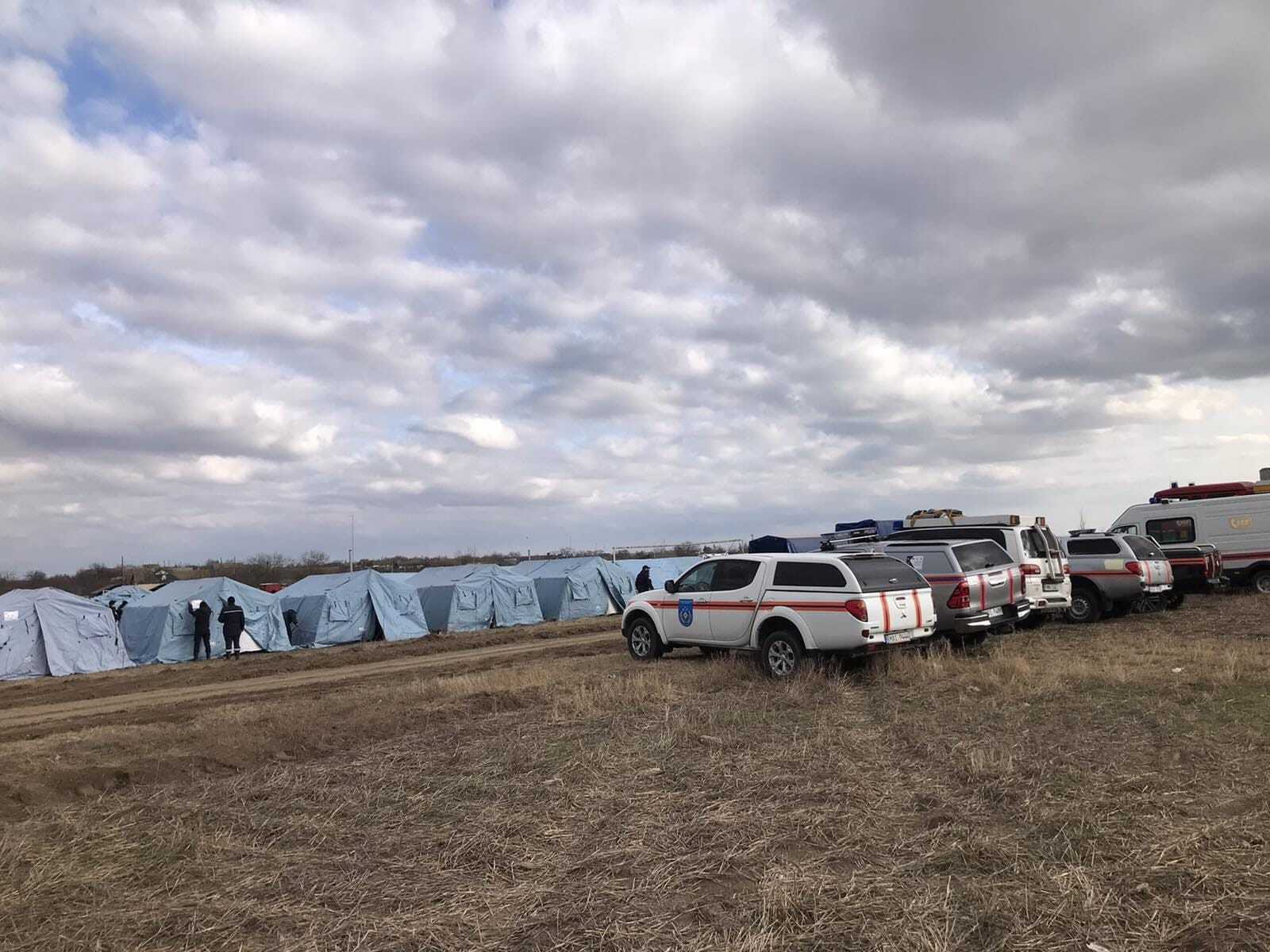
The CDP Ukraine Humanitarian Crisis Recovery Fund focuses on addressing humanitarian needs that arise, particularly among the most vulnerable, marginalized and at-risk internally-displaced peoples and refugees. CDP is also in contact with and can grant to Ukrainian and other international organizations that are not 501(c)3 entities.
Contact CDP
Philanthropic contributions
If you have questions about donating to the CDP Ukraine Humanitarian Crisis Recovery Fund, need help with your disaster-giving strategy or want to share how you’re responding to this disaster, please contact development.
Recovery updates
If you are a responding NGO, please send updates on how you are working in this crisis to tanya.gulliver-garcia@disasterphilanthropy.org.
Related resources
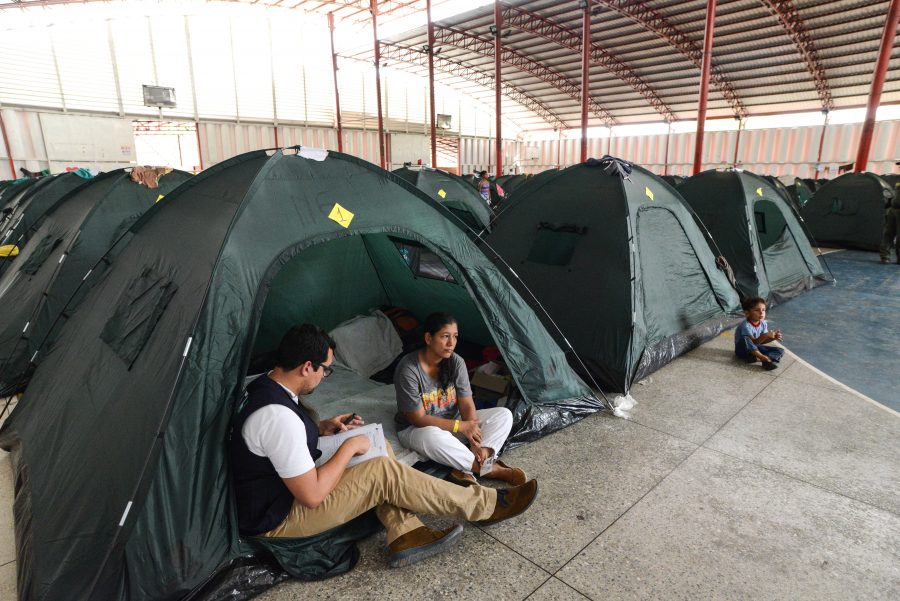
Complex Humanitarian Emergencies
CHEs involve an acute emergency layered over ongoing instability. Multiple scenarios can cause CHEs, like the civil wars in Syria and Yemen, the man-made political crisis in Venezuela, or the conflict in Ukraine.
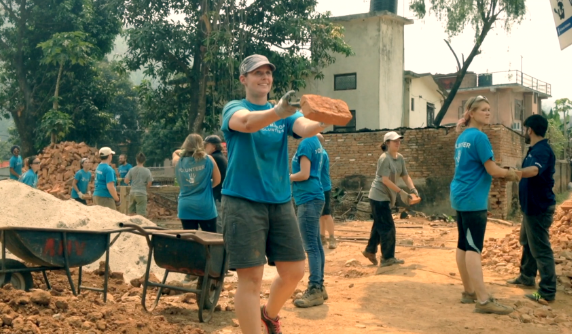
Resilience
The Latin root of “resilience” means to bounce back, but every field has its own definition and most individuals within each discipline will define it differently. Learn more.
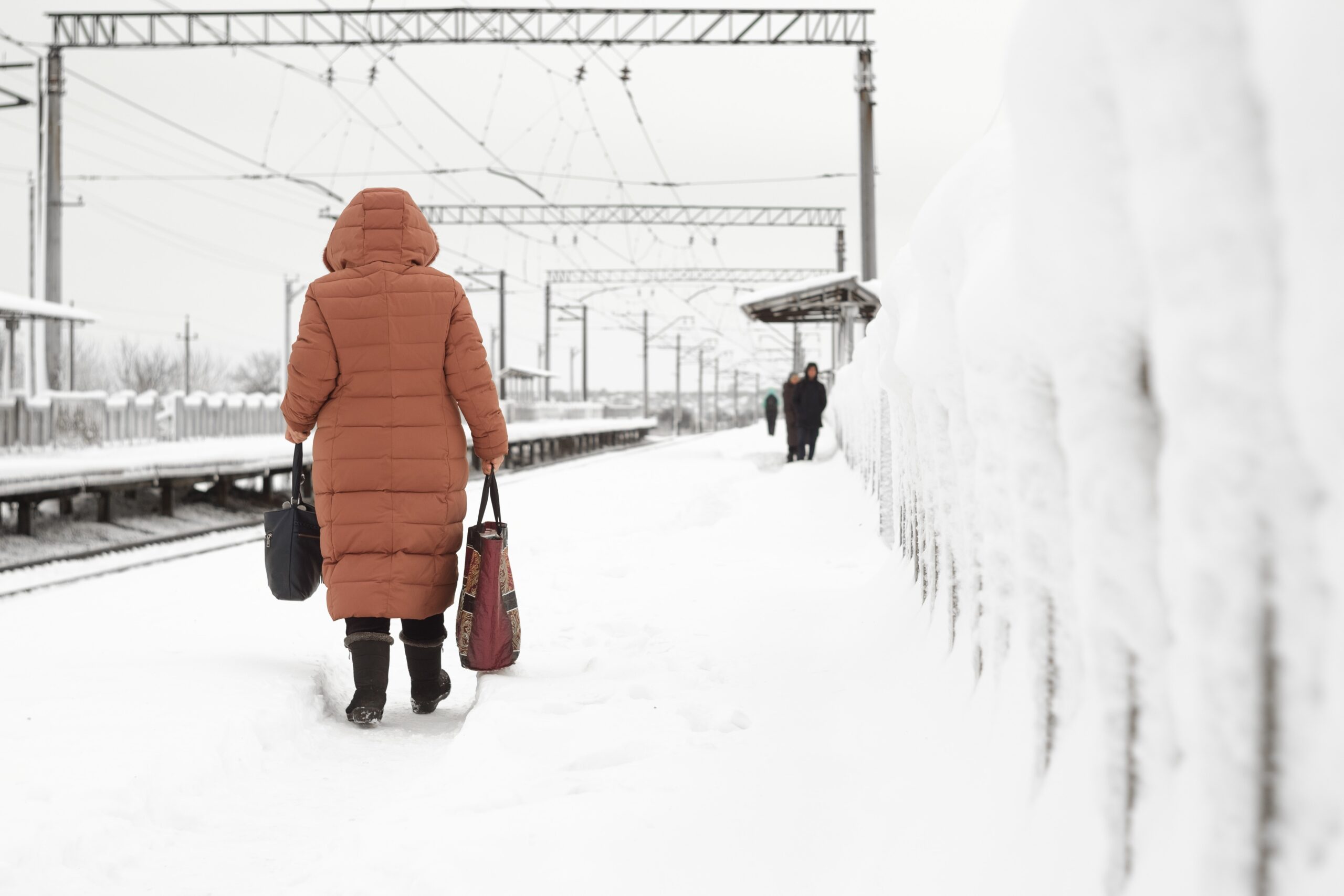
Ice, Snow and Extreme Cold
While it does not affect as many people as its opposite, extreme heat does, extreme cold can be just as deadly, especially in areas that are not accustomed to cold weather.